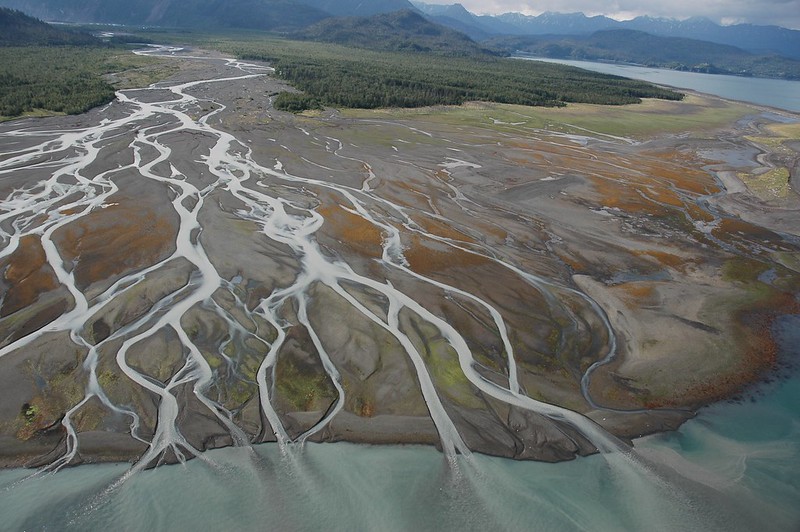Examine the elements that led to the creation of the Sargasso Sea and give its exact position. Moreover, explain its worldwide importance.
The ocean's salinity, or the amount of dissolved salts in its water, isn't uniform and is constantly being influenced by various factors. Some of the natural and human-caused factors that affect the ocean's salinity budget are: Natural Factors: Precipitation and River Runoff: Freshwater from rain anRead more
The ocean’s salinity, or the amount of dissolved salts in its water, isn’t uniform and is constantly being influenced by various factors. Some of the natural and human-caused factors that affect the ocean’s salinity budget are:
Natural Factors:
- Precipitation and River Runoff: Freshwater from rain and rivers are continually diluting the salinity, especially near river mouths and in areas with high rainfall.
- Sea Ice Formation and Melting: As sea ice forms, saltier water is left behind, increasing salinity. Conversely, melting ice is adding freshwater and lowering salinity. This is especially important in polar regions.
- Evaporation: Evaporation is concentrating salts in the remaining water, making salinity higher in areas with high evaporation rates.
- Wind: Wind is moving surface water around, influencing salinity distribution. Strong winds can also cause upwelling, bringing saltier deep ocean water to the surface.
- Ocean Currents: Global ocean circulation patterns are playing a major role in distributing salt throughout the oceans.

Anthropogenic Factors:
- Climate Change: Rising global temperatures can increase evaporation rates in some areas, concentrating salts. Additionally, melting glaciers and ice sheets are adding freshwater, potentially affecting salinity in certain regions.
- Dam Construction and Water Diversion: Dams on rivers can reduce the amount of freshwater reaching the ocean, impacting salinity levels near river mouths. Water diversion for irrigation can also be contributing to this effect.
- Pollution: While not a direct impact, some pollutants can be altering ocean chemistry and indirectly affecting salinity.




The Sargasso Sea, located in the North Atlantic Ocean, is unique for its clear, warm waters and floating seaweed called Sargassum. It is bordered by four ocean currents: the Gulf Stream to the west, the North Atlantic Current to the north, the Canary Current to the east, and the North Atlantic EquatRead more
The Sargasso Sea, located in the North Atlantic Ocean, is unique for its clear, warm waters and floating seaweed called Sargassum. It is bordered by four ocean currents: the Gulf Stream to the west, the North Atlantic Current to the north, the Canary Current to the east, and the North Atlantic Equatorial Current to the south. These currents form a gyre, a large system of rotating ocean currents, which is the primary factor responsible for the formation of the Sargasso Sea.
This sea is characterized by its distinctive ecosystem, with the Sargassum providing habitat and breeding grounds for various marine species, including eels, fish, and turtles. The lack of land boundaries and nutrient-poor waters result in low biological productivity, making it an oligotrophic region.
Overall, the Sargasso Sea’s formation and ecological significance underscore its importance in oceanographic and environmental research, contributing to global biodiversity and climate regulation.
See less